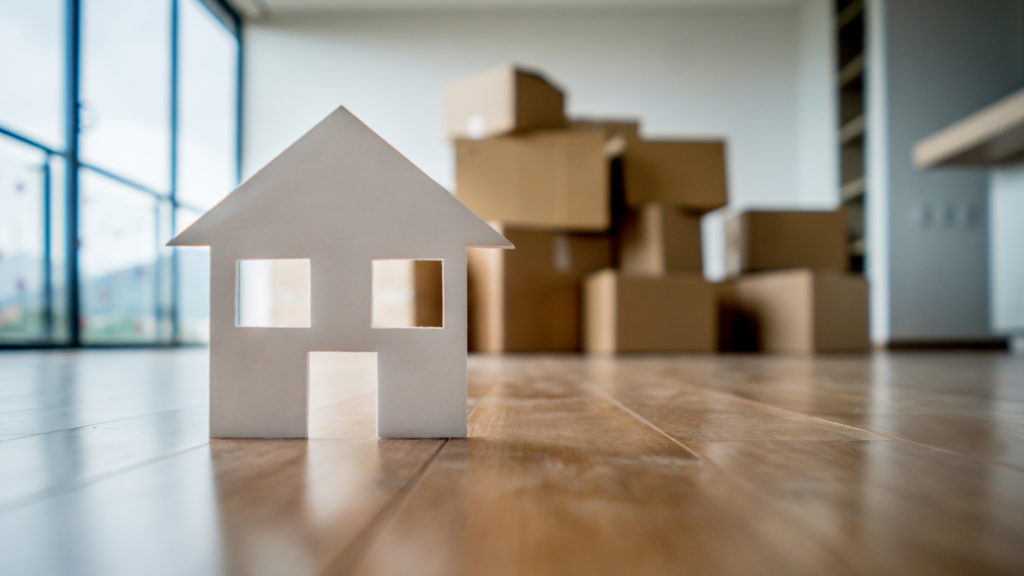The past several years brought about a significant shift in American demographics as people relocated to different states. While there are many reasons behind this trend, the most prominent are better job opportunities and a lower cost of living. In this blog we will discuss moving trends for 2023 in greater detail.
Whatever the data says about why people are relocating, moving is evolving. The world of moving promises to bring some exciting changes to the industry in 2023. From technological advancements to shifting consumer preferences, there are five trends that will revolutionize the way we move.
So buckle up and get ready to explore the future of moving, because things are about to get interesting.

Moving Trends for 2023
Virtual Moving Quotes
One trend that is already gaining popularity is virtual moving consultations and quotes. You no longer have to schedule an in-person visit from a moving company representative. Customers can now get a quote and consultation via video chat. This saves time and makes the process more convenient for both you and the moving company.
Virtual consultations also make it easier than ever to get an accurate quote. By virtually walking through their home with a representative, you can provide a more detailed inventory of your belongings. This helps prevent surprises and unexpected charges on moving day.
Increased Use of Drones and Robots
Another trend that is set to revolutionize the moving industry is the increased use of drones and robots. Drones can be used to survey a property before a move, which can help identify potential obstacles or challenges.
They can also be used to transport your small items, such as boxes or documents. This can save time and reduce the risk of damage or loss.
Robots can lift heavy items, navigate stairs, and even pack boxes. Robots will decrease physical strain and increase efficiency.
Smart Homes and the Integration of Moving Services
As smart home technology becomes more common, your can expect to see the integration of moving services into these systems. For example, a smart home system could automatically schedule a move based on your calendar. Not to mention that it could alert you when your belongings have arrived at the new home.
Another possibility is the integration of smart locks into the moving process. Movers could be granted temporary access to a home through a smart lock. This means you wouldn’t have to be present during the move.
Sustainable Moving Practices
As many consumers become environmentally conscious, you can expect to see a trend toward sustainable moving practices. This could include the use of eco-friendly packing materials, such as biodegradable bubble wrap or recycled cardboard boxes. It could also involve the use of electric or hybrid moving trucks, reducing both emissions and noise pollution.
Sustainable moving practices could also include the donation or recycling of unwanted items.
This would not only be better for the environment, but it could also help those in need.
Customized Moving Experiences
Finally, we can expect to see a trend toward personalized moving experiences and customization. Consumers will have more options for tailoring their move to their specific needs and preferences. This could include the option to choose a specific moving team based on their reviews, or the ability to customize the logistics of your move.
Customization could also extend to the actual moving process. For example, you could choose to have your items packed by the movers, or you could opt to pack your own belongings. You could also choose to have your items stored in a climate-controlled self storage facility before being delivered.
Challenges to Moving Industry Trends
While these trends are exciting, there are also potential roadblocks that could slow their adoption.
A major challenge is the cost of implementing these new technologies and practices. All moving companies may not have the financial resources to invest in new technologies. Additionally, they need staff who have been trained to implement them effectively.
Another challenge is consumer adoption. While some consumers may be eager to embrace new technologies and practices, others may be resistant. They may not understand the benefits of these trends.
Finally, there are also regulatory hurdles that could slow the adoption of these trends. For example, the use of drones for moving purposes may be subject to regulations from the FAA or other government agencies.
Conclusion
The future of moving is exciting, and these trends are just the beginning. As technology continues to advance and consumer preferences continue to shift, we can expect to see even more changes.
While there will be challenges to overcome, the potential benefits of these trends for both consumers and movers make them desirable.